By Chinonso Anyaehie, PhD Researcher – Information Systems
The Rise of the Agentic Browser
On October 21, 2025, OpenAI introduced Atlas, a groundbreaking AI-powered web browser that seamlessly integrates ChatGPT’s capabilities into the browsing experience (OpenAI, 2025). Unlike traditional browsers, Atlas transcends mere page rendering—it interprets, synthesizes, and acts on information. Users can engage in natural-language dialogue to locate sources, draft reports, book travel, or analyze data, all within a unified interface.
This innovation marks a pivotal shift for Information Systems (IS), the socio-technical frameworks that underpin organizational decision-making and coordination (Laudon & Laudon, 2020). By embedding generative AI directly into the browser layer, Atlas redefines the boundary between user and system, fundamentally reshaping human interaction with digital infrastructures.
Why Atlas Redefines Information Systems
Historically, web browsers have served as passive conduits for accessing digital information. Atlas transforms the browser into an intelligent, proactive agent within the IS ecosystem (Bostrom & Yudkowsky, 2014). This evolution introduces three transformative paradigms:
- Conversational Information Retrieval: Search evolves into dynamic, dialogue-driven exploration.
- Proactive Decision Support: The browser anticipates user needs, offering real-time insights and recommendations.
- Collaborative User Experience: Interaction shifts from consumption to co-creation with AI.
For IS scholars and practitioners, Atlas necessitates a reexamination of system design, cognitive workflows, and ethical considerations in environments where AI autonomously represents user intent (Markus & Robey, 1988).
The Browser’s Evolution: From Netscape to Atlas
- 1990s: Early browsers like Netscape Navigator and Internet Explorer democratized access to digital information (Berners-Lee, 1999).
- 2000s–2020s: Google Chrome redefined the browser as a data-driven platform, commanding billions of users and fueling targeted advertising (StatCounter, 2025).
- 2025: OpenAI’s Atlas merges large language models with web navigation, enabling agentic browsing where AI retrieves, interprets, and acts on data (OpenAI, 2025).
This trajectory reflects the broader IS evolution—from tools that facilitate human decisions to systems that actively participate in decision-making (Brynjolfsson & McAfee, 2014).
Atlas as an Intelligent Interface in Information Systems
Atlas integrates ChatGPT’s advanced intelligence at the browser’s interface layer, enabling users to:
- Instantly summarize complex reports or academic papers.
- Query multiple open tabs using natural language for seamless information synthesis.
- Perform real-world tasks, such as booking travel, drafting documents, or conducting research.
From an IS perspective, Atlas acts as a front-end intelligent agent, enhancing information quality, minimizing cognitive overload, and accelerating decision-making cycles (DeLone & McLean, 2003). It embodies a socio-technical symbiosis, where human judgment is amplified by autonomous AI reasoning (Licklider, 1960).
👥 Driving Adoption Through Trust and Usability
The Technology Acceptance Model (TAM) suggests that Atlas’s adoption will depend on:
- Perceived Usefulness: Efficiency gains from automation and actionable insights (Davis, 1989).
- Ease of Use: Intuitive, natural-language interactions that lower barriers to engagement.
However, sustained adoption hinges on addressing privacy, security, and transparency concerns (Gefen et al., 2003). Organizations integrating Atlas into enterprise IS must implement robust training programs, ethical guidelines, and data-protection protocols to foster trust (Dinev & Hart, 2006).
Organizational Transformation and Market Dynamics
Atlas’s agentic capabilities have the potential to revolutionize organizational workflows:
- Research teams can leverage in-browser AI to conduct rapid, high-quality investigations.
- Analysts can generate real-time insights without toggling between disparate systems.
- Decision-makers can receive context-aware recommendations during browsing sessions.
However, these capabilities introduce risks. SquareX Labs (2025) highlights that agentic browsers may inadvertently expose sensitive data (SquareX Labs, 2025). To mitigate this, organizations must adopt advanced agentic identity systems, client-side encryption, and ethical governance frameworks to safeguard IS integrity (Sipior et al., 2011).
Theoretical Advancements and Practical Applications
Atlas challenges established IS frameworks:
- In TAM, “usefulness” now encompasses AI-driven adaptability and contextual intelligence (Venkatesh & Davis, 2000).
- In the DeLone & McLean IS Success Model, “system quality” must account for algorithmic transparency and fairness (DeLone & McLean, 2003).
For practitioners, Atlas unlocks opportunities to:
- Embed AI-driven automation into ERP, CRM, and analytics platforms.
- Streamline reporting and research through AI-powered summarization.
- Experiment with agentic browsing to explore user-AI collaboration dynamics.
The Future of Agentic Browsing
Atlas heralds a new era of human-computer interaction, transforming the browser from a passive tool into an active collaborator. Future IS research should focus on:
- Building trust in autonomous interfaces (Lee & See, 2004).
- Navigating organizational change management for AI-enhanced workflows (Orlikowski, 1992).
- Developing ethical frameworks for agentic decision-making in enterprise settings (Floridi & Cowls, 2019).
A New Paradigm for Information Systems
OpenAI’s Atlas Browser signals a seismic shift: AI is no longer confined to the backend of information systems but is now a central actor in the human experience.
As this transformation unfolds, IS scholars and practitioners must steer the course—ensuring that agentic systems remain ethical, secure, and human-centric (Moor, 2006). The true challenge lies not in creating intelligent systems but in designing systems that amplify collective intelligence, fostering a harmonious partnership between humans and AI.
References
- Berners-Lee, T. (1999). Weaving the Web: The Original Design and Ultimate Destiny of the World Wide Web. HarperCollins.
- Bostrom, N., & Yudkowsky, E. (2014). The ethics of artificial intelligence. In K. Frankish & W. M. Ramsey (Eds.), The Cambridge Handbook of Artificial Intelligence (pp. 316–334). Cambridge University Press.
- Brynjolfsson, E., & McAfee, A. (2014). The Second Machine Age: Work, Progress, and Prosperity in a Time of Brilliant Technologies. W.W. Norton & Company.
- Davis, F. D. (1989). Perceived usefulness, perceived ease of use, and user acceptance of information technology. MIS Quarterly, 13(3), 319–340.
- DeLone, W. H., & McLean, E. R. (2003). The DeLone and McLean model of information systems success: A ten-year update. Journal of Management Information Systems, 19(4), 9–30.
- Dinev, T., & Hart, P. (2006). An extended privacy calculus model for e-commerce transactions. Information Systems Research, 17(1), 61–80.
- Floridi, L., & Cowls, J. (2019). A unified framework of five principles for AI in society. Harvard Data Science Review, 1(1).
- Gefen, D., Karahanna, E., & Straub, D. W. (2003). Trust and TAM in online shopping: An integrated model. MIS Quarterly, 27(1), 51–90.
- Laudon, K. C., & Laudon, J. P. (2020). Management Information Systems: Managing the Digital Firm (16th ed.). Pearson.
- Lee, J. D., & See, K. A. (2004). Trust in automation: Designing for appropriate reliance. Human Factors, 46(1), 50–80.
- Licklider, J. C. R. (1960). Man-computer symbiosis. IRE Transactions on Human Factors in Electronics, HFE-1(1), 4–11.
- Markus, M. L., & Robey, D. (1988). Information technology and organizational change: Causal structure in theory and research. Management Science, 34(5), 583–598.
- Moor, J. H. (2006). The nature, importance, and difficulty of machine ethics. IEEE Intelligent Systems, 21(4), 18–21.
- OpenAI. (2025). Introducing Atlas: The Agentic Browser. OpenAI Blog. Retrieved from https://openai.com/blog/atlas-agentic-browser
- Orlikowski, W. J. (1992). The duality of technology: Rethinking the concept of technology in organizations. Organization Science, 3(3), 398–427.
- Sipior, J. C., Ward, B. T., & Connolly, R. (2011). The digital divide and t-government in the United States: Using the technology acceptance model to understand adoption. Government Information Quarterly, 28(3), 308–318.
- SquareX Labs. (2025). Security Risks in Agentic Browsing Environments. SquareX Research Report. Retrieved from https://squarex.ai/reports/agentic-browsing-security
- StatCounter. (2025). Browser Market Share Worldwide, October 2025. Retrieved from https://gs.statcounter.com/browser-market-share
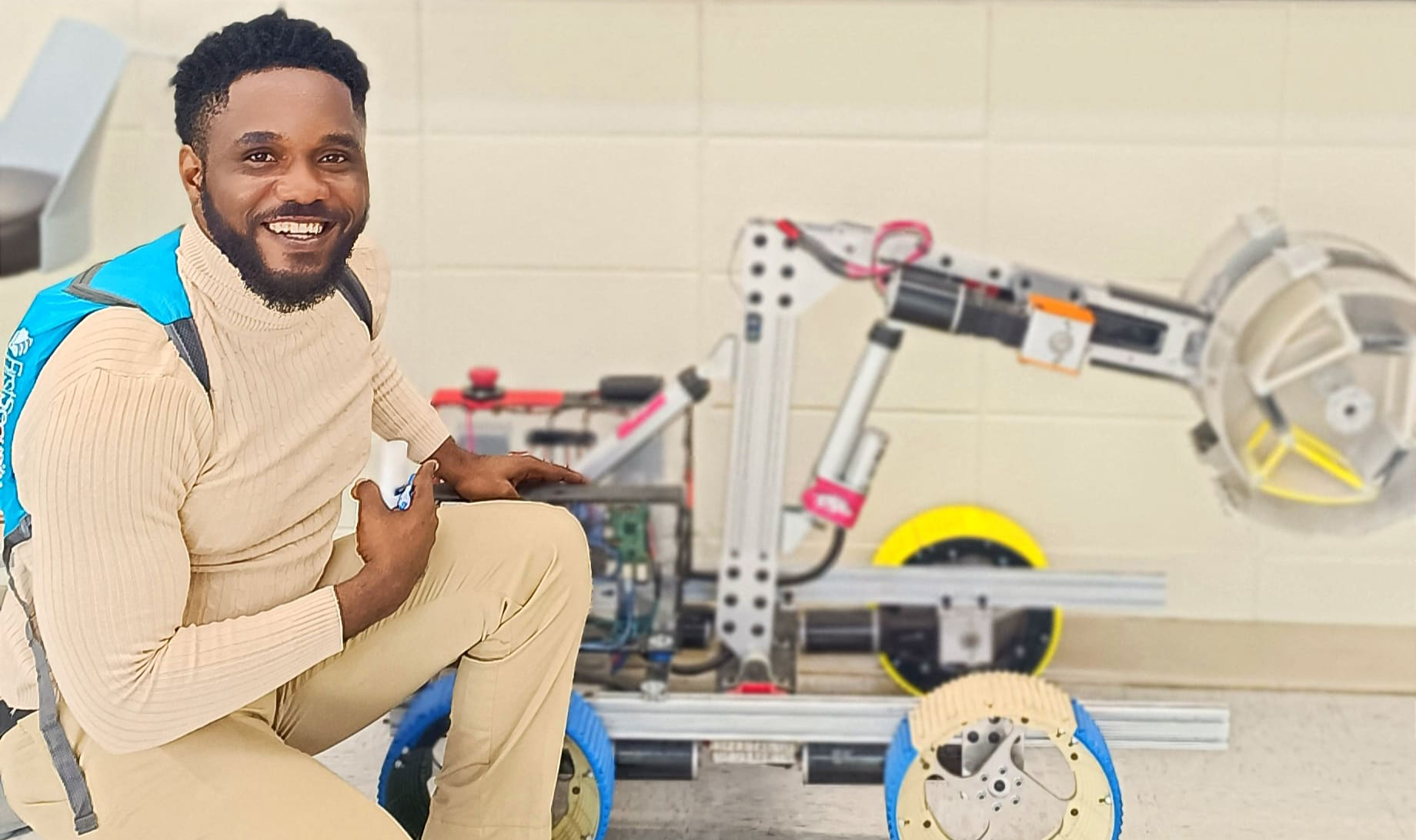



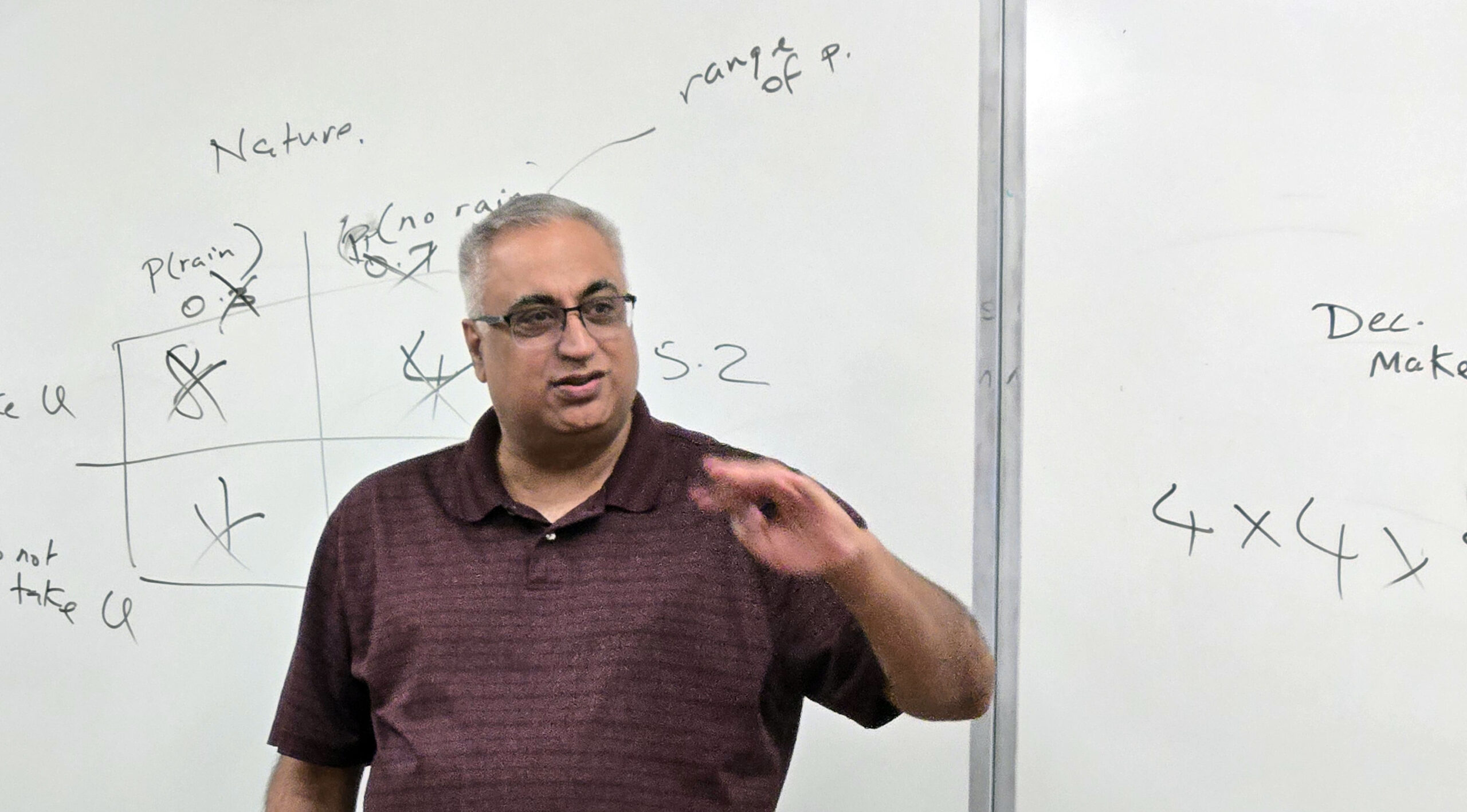
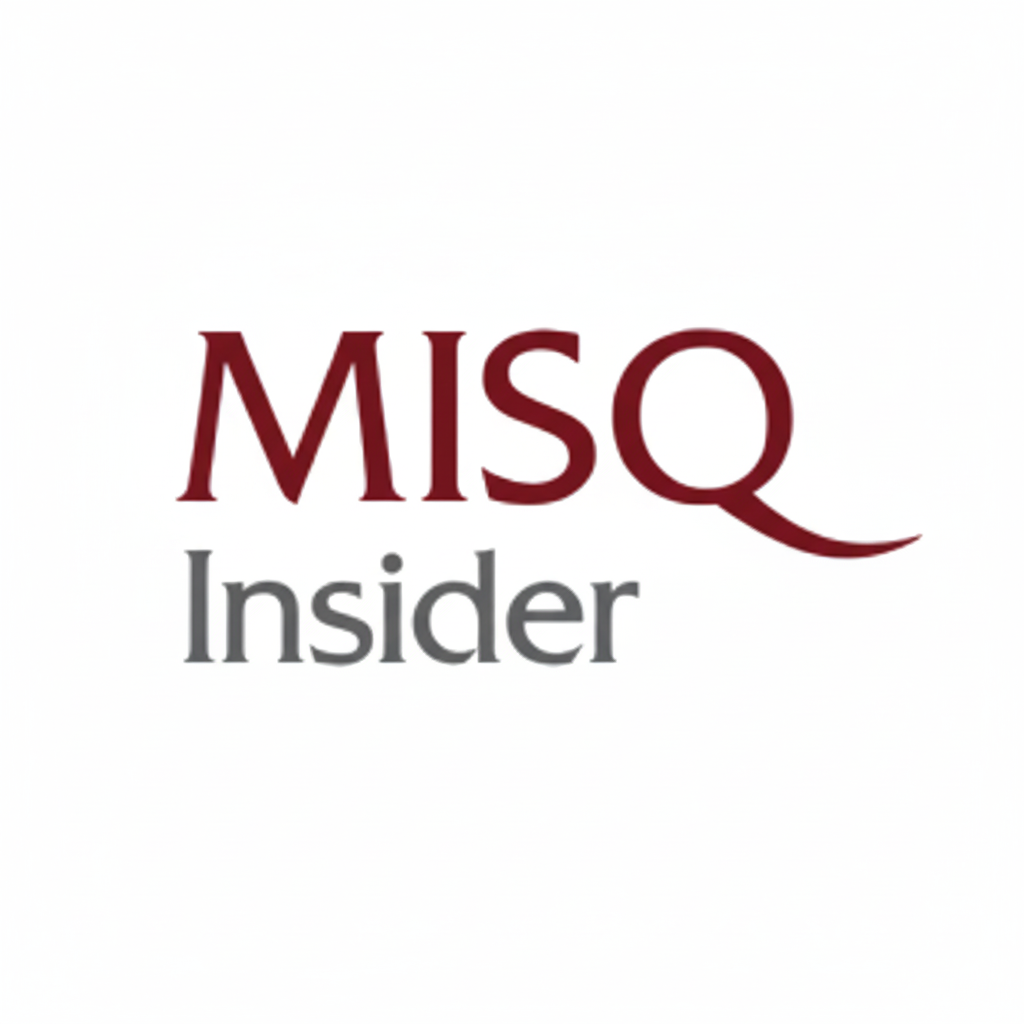
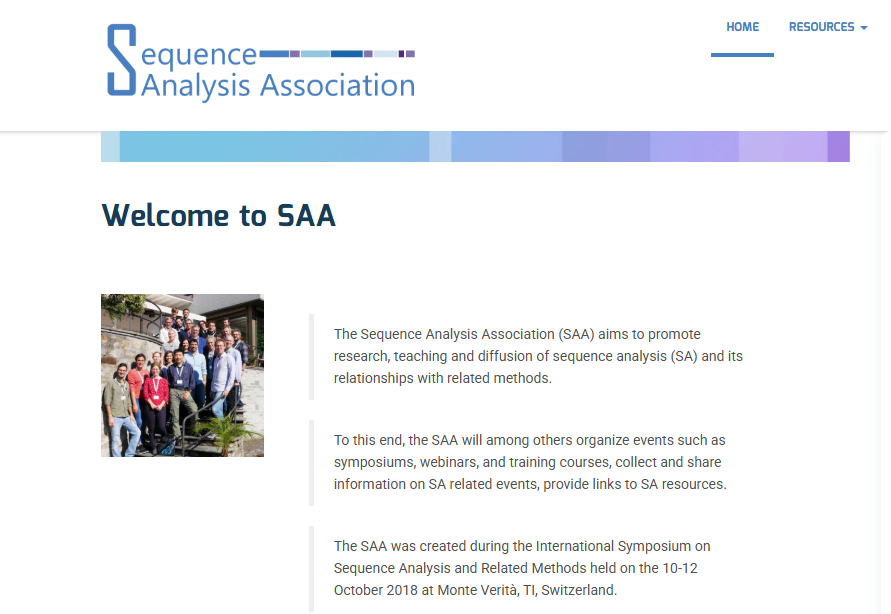

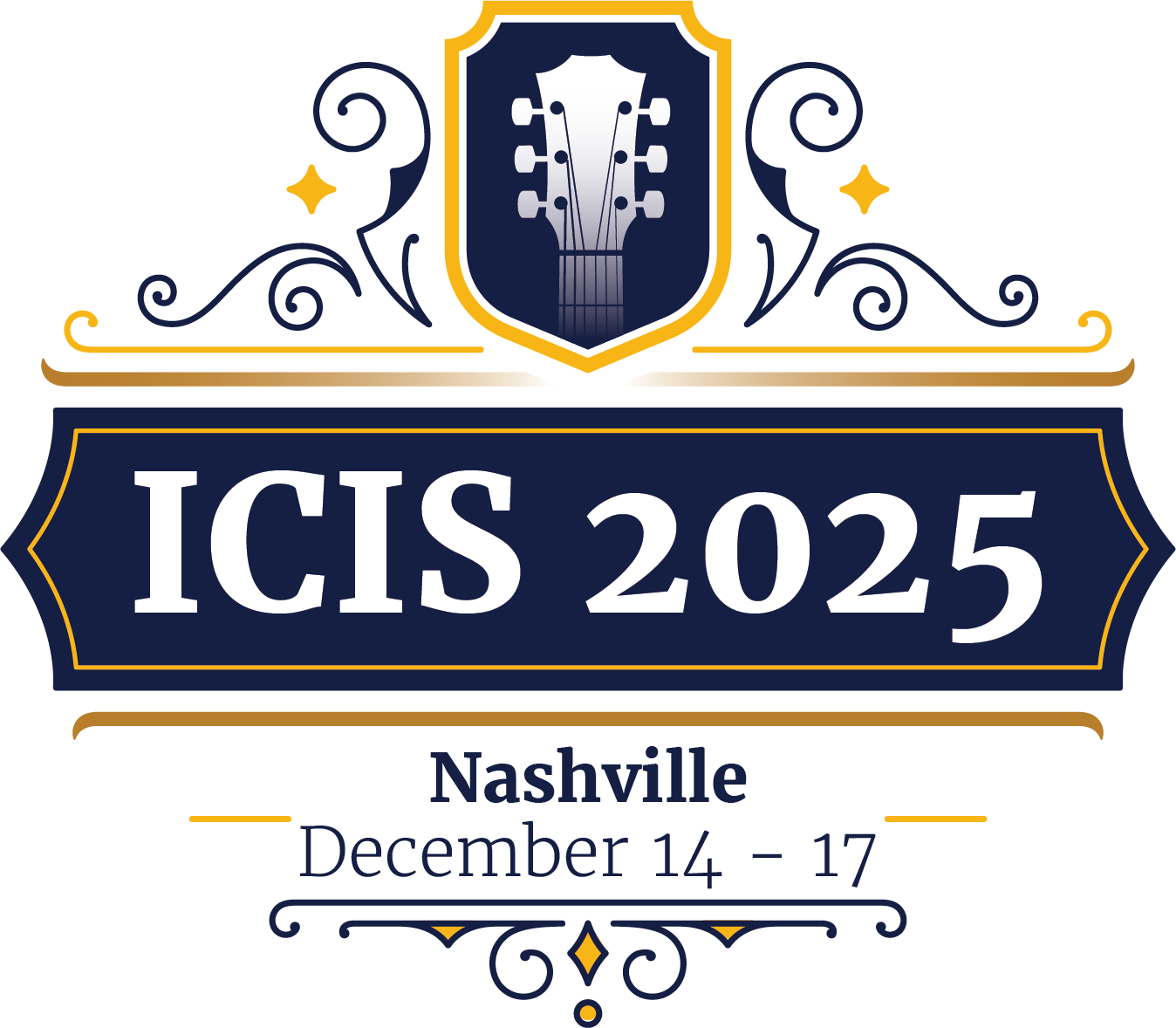
Leave a Reply